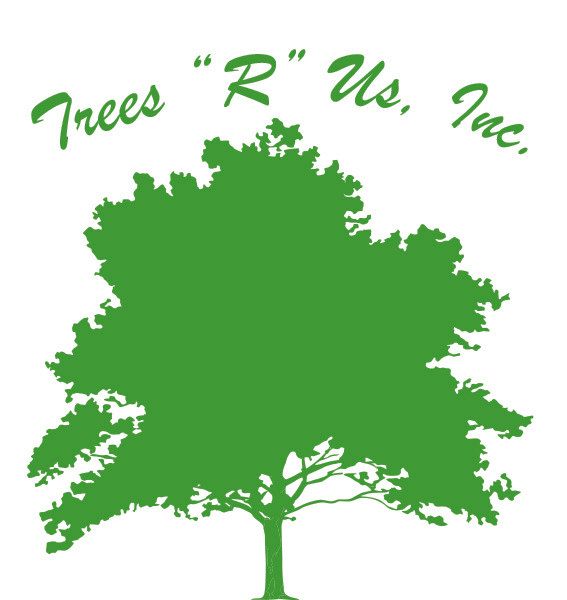FAQs
Frequently Asked Questions
Within a week.
The Trees “R” Us Inc. office is open from 8:00 am to 5:00 pm during the week.
The tree crews work all week as well as on the weekend if needed. Visit our contact us page for ways to reach us.
Spring is a good time to prune out any frost damage to your plants and trees which may have occurred from the harsh winter. In spring, you can prepare your yard for summer landscaping by thinning, removing deadwood, or removing the unwanted parts of your existing landscaping. This will help prevent damage to any new landscaping.
Dutch Elm Disease was first found in the United States in Ohio in 1930. It has now spread throughout North America and has destroyed over half the elm trees in the northern United Sates. The disease has been reported in all states except the desert Southwest. www.ext.nodak.edu
The observable symptoms and the progression of the disease differ among trees which are inoculated through beetle feeding and those which are infected through root grafts. Trees infected by beetles first show wilting, curling and yellowing of leaves on one or more branches in the upper portion of the tree. Large trees may survive and show progressively more symptoms for one or more years. Trees infected through root grafts wilt and die rapidly; this frequently occurs in the spring soon after the trees have leafed out and progresses from the base of the tree upward. www.ext.nodak.edu
On June 9, 2006, APHIS confirmed the detection of Emerald Ash Borer in Illinois for the first time in central Kane County. APHIS and Illinois Department of Agriculture (IDOA) officials immediately began delimiting survey activities to determine the extent of the EAB infestation in Kane County. Detection surveys are being conducted in the nine counties surrounding Kane County, which include areas in Wisconsin.
A second infestation was detected on July 12, 2006, in the Cook County village of Wilmette by Wilmette Village Foresters. On July 21, 2006, EAB was also detected in the northwest portion of Evanston in Cook County. These detections were made as a result of an EAB state survey that had been intensified as a consequence of other EAB detections in the state.
This non-native pest poses an enormous threat to our urban and rural forests. EAB kills healthy trees and is so aggressive that ash trees may die within two or three years after they become infested with the beetle.
More Information
Emerald ash borer is a serious pest of quarantine significance. Larvae feed in the phloem and outer sapwood, producing galleries that eventually girdle and kill branches as well as entire trees. This invasive pest has had a devastating impact on communities that now face tremendous tree removal costs associated with dead or dying ash trees that pose a public safety threat.
Ash trees are important to wildlife species because of their seed production and are sought out for urban tree planting, partly because they are not defoliated by the (exotic) gypsy moth.
In the United States and Canada only ash trees (Fraxinus spp.) appear to be affected. Ash trees are widespread in Canada and the United States. All 16 native ash species are susceptible to EAB attack. The national urban impact from EAB could exceed $20 billion. Healthy ash trees of any size (from as little as 5 cm in diameter) can be affected.
What are symptoms of Emerald Ash Borer?
Symptoms of the ash decline/borer complex include:
• Initial thinning or yellowing of thefoliage (general or limited to certain branches).
• Woodpecker injury--woodpeckers strip away small patches ofbark, so that they can extract the borers.
• D-shaped emergence holes, about 3 mm in diameter, are probably present in multiple year infestations.

